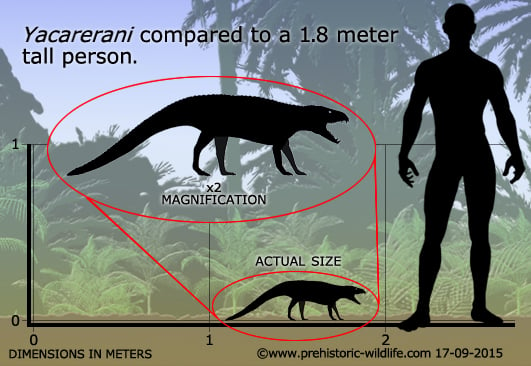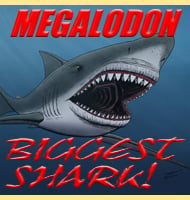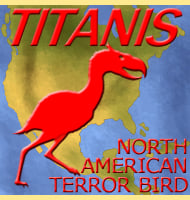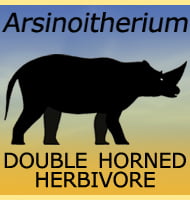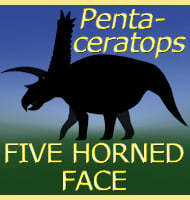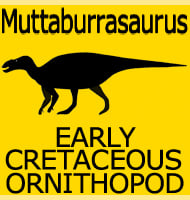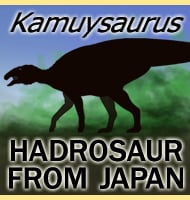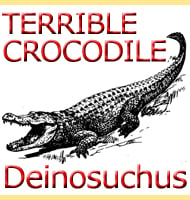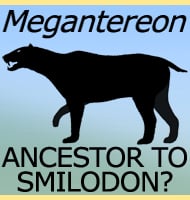In Depth
Yacarerani is a small notouchian crocodilomorph that lived in South America during the early stages of the Late Cretaceous. Yacarerani has a highly specialised dentition with the two most forward incisors in the lower jaw almost pointing directly forwards. The upper fore teeth also protrude forwards and these teeth may have been for digging out the tubers of plants that were partially buried. The teeth in the posterior of the mouth were better adapted for slicing tough material like aforementioned plant tubers.
Further Reading
- Bizarre notosuchian crocodyliform with associated eggs from the Upper Cretaceous of Bolivia. - Journal of Vertebrate Paleontology 29(4):1316-1320. - F. E. Novas, D. F. Pais, D. Pol, I. S. Carvalho, A. Scanferla, A. Mones & M. S. Riglos. - 2009.
